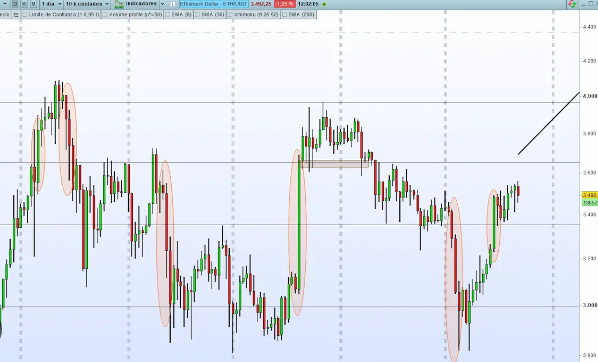Understanding Forex Market Trends
Understanding forex market trends is crucial for traders looking to make informed decisions and maximize profits in the foreign exchange market. Forex market trends refer to the general direction in which currency exchange rates are moving over a specific period. Here are some key points to help you better understand forex market trends:
- Types of Trends: Forex market trends can be classified into three types: uptrends, downtrends, and sideways trends. Uptrends occur when prices are consistently moving higher, while downtrends occur when prices are consistently moving lower. Sideways trends, also known as consolidation or range-bound markets, occur when prices fluctuate within a particular range without a clear upward or downward direction.
- Timeframes: Forex market trends can be observed across different timeframes, ranging from short-term (intraday) trends to long-term trends. Traders use various chart intervals, such as hourly, daily, weekly, or monthly, to analyze trends and make trading decisions. Each timeframe offers different insights, so it’s important to consider multiple intervals to gain a comprehensive understanding of the market.
- Trend Analysis Tools: Traders utilize various technical analysis tools to identify and analyze forex market trends. These include trendlines, moving averages, chart patterns, and trend indicators such as the Average Directional Index (ADX) or the Moving Average Convergence Divergence (MACD). These tools help identify and confirm the existence of trends, assess their strength, and predict potential trend reversals.
- Fundamentals and News: In addition to technical analysis, understanding fundamental factors and news events that impact the forex market is crucial. Economic indicators, geopolitical events, interest rate decisions, and central bank policy changes can significantly influence currency trends. Staying informed about these factors helps traders anticipate potential trend shifts caused by fundamental developments.
- Market Sentiment: Market sentiment plays a vital role in forex market trends. Traders should consider the overall mood and sentiment of market participants, as it can affect currency movements. Factors such as risk appetite, economic outlook, and investor perception of a currency’s value can shape market sentiment and influence trend direction.
- Risk Management: Successful forex trading involves managing risks associated with market trends. Traders should develop risk management strategies to protect capital and minimize potential losses. This includes setting stop-loss orders, using proper position sizing, and diversifying trading portfolios to mitigate the impact of unexpected trend reversals.
Remember, forex market trends are dynamic and can change quickly. It is essential to continually monitor market conditions, adapt trading strategies accordingly, and apply a comprehensive approach that combines technical and fundamental analysis to make informed trading decisions in the forex market.














Post Comment